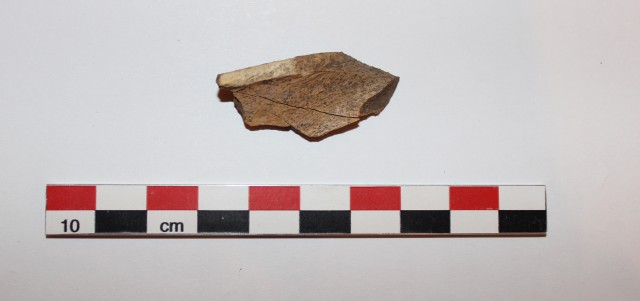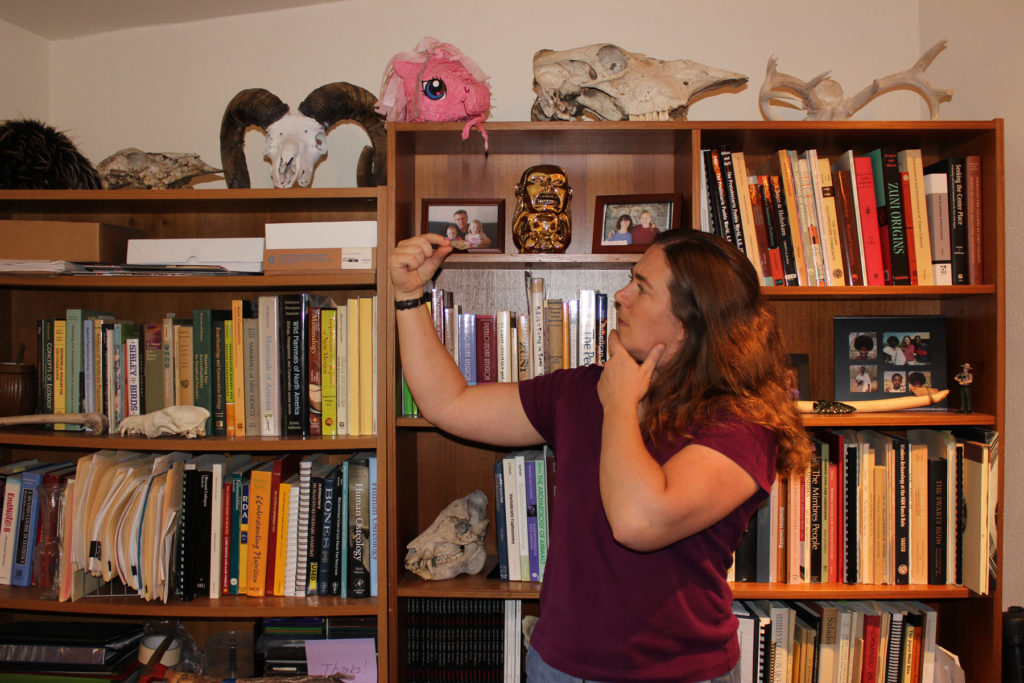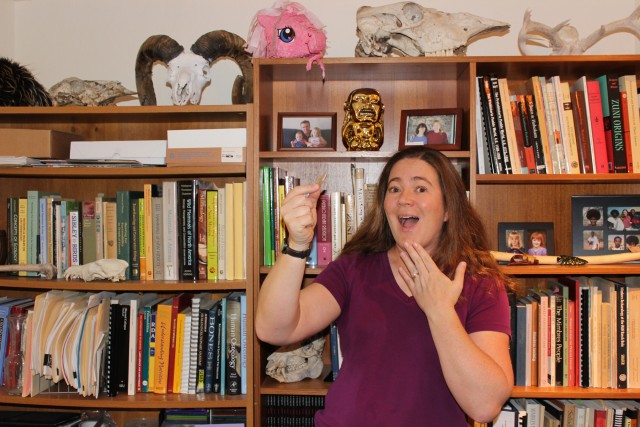- Home
- >
- Preservation Archaeology Blog
- >
- Indiana Jones and the Artiodactyl-Sized Long Bone ...
As International Archaeology Day (October 15, 2016) approaches, we’ll celebrate by sharing posts about what we’re working on now—the daily work of archaeology. Please don’t hesitate to comment or ask questions!

(October 3, 2016)—It’s a familiar question for every archaeologist: “What’s the coolest thing you’ve ever found?”
I like to think I have several interesting answers to that question, but none of those answers mentions the items I’ve spent many months (maybe even years) of my life thinking about: artiodactyl-sized long bone shaft fragments.
Many of my research projects somehow end up including a lot of quality time spent with artiodactyl-sized long bone shaft fragments. For those of you who don’t follow zooarchaeology with the obsessiveness of Indy on the trail of a chalice, that’s a bit of one of the front or back leg bones of a deer-sized animal that’s broken into a piece so small I can’t even tell what bone it is, let alone what animal it came from.
Lately, one aspect of my fragment-finding work has been identifying fauna from a number of older excavations in the Mimbres region. I’m doing this in order to study long-term changes in animals and plants, a project I’ve undertaken with paleoethnobotanist Mike Diehl, and that I wrote about here. I’ve been analyzing boxes of bones and finding some fun things like turkeys, hawks, and porcupines, mostly buried in bags of artiodactyl-sized long bone shaft fragments (and lots of smashed bunny bones too, of course).
With lots of help from Archaeology Southwest volunteer Jaye Smith, I’ve also been entering data from older projects’ paper records into computer spreadsheets, a task that involves typing variations on “artiodactyl-sized long bone shaft fragment” many thousands of times. Bringing all these data sets together will be a lot of fun; among other things, I’ll be able to see how the presence and numbers of different animals (including artiodactyls) have changed in Mimbres-area sites through time, and why those changes occurred.
I’ve also been getting ready for more work on isotopic analysis of fauna from the Mesa Verde area, a project with archaeological chemist Jeff Ferguson I wrote about here. Our initial work on gopher jaws showed variations in the chemical signatures of geologically distinct parts of the study area. We’ll be returning to the Anasazi Heritage Center next week to sample deer and other animals, which we’ll then be able to link to those different geologic areas based on strontium and other elements.
This will reveal where the animals represented in the archaeological sites we’re studying came from on the larger landscape, and will help us understand how far people had to travel in order to hunt them. Preparing for the trip has involved selecting likely specimens from yet more spreadsheets of faunal data, highlighting the securely-identified deer long bone specimens among all the artiodactyl-sized fragments. Next week, we’ll be cutting small samples from the shafts of those long bones. We’re leaving the diagnostic parts of the specimens in the museum collection, and taking away just a tiny sample from each bone—each piece a newly created artiodactyl-sized long bone shaft fragment.
I’m excited about these research projects, and very much looking forward to analyzing the interesting patterns in the data we’re collecting. Although I know the results will be worth it, I’m a bit tired of artiodactyl-sized long bone shaft fragments just now!

A very grateful thank you to the endlessly patient Jaye Smith; to Nicole Mathwich, interim lab manager for the Arizona State Museum Stanley J. Olsen Laboratory of Zooarchaeology and finder of long-lost data sets; and to the National Science Foundation for supporting these projects via REU-1560465, BCS-1524079, and BCS-1460385.
Explore the News
-
Join Today
Keep up with the latest discoveries in southwestern archaeology. Join today, and receive Archaeology Southwest Magazine, among other member benefits.

